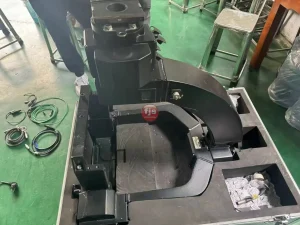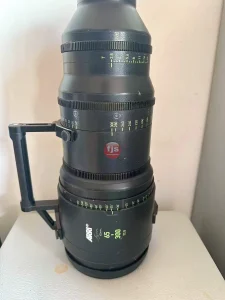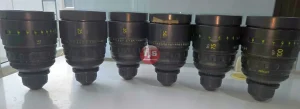Introduction:
When it comes to cinematography and movie production, having the right equipment is crucial. One such piece of equipment that has gained immense popularity over the years is the cage. A cage is a protective and versatile accessory that can be attached to camera systems, providing numerous benefits to filmmakers. In this article, we will delve into the history of the cage on cinematographic equipment, explore its key features and benefits, and understand why it has become an essential tool in the world of movie production.

- What is a cage and how does it work?
A cage, in the context of cinematography, is a protective frame or structure that surrounds a camera system. It is usually made of durable materials like aluminum or stainless steel, ensuring the safety of the camera and its components. The cage is designed to be modular, allowing filmmakers to attach various accessories such as handles, mounts, and brackets to enhance functionality and flexibility during shooting. - How has the cage evolved over time?
Cages have come a long way since their inception. Initially, they were simple and minimalistic, providing basic protection for the camera. However, with advancements in technology and the changing needs of filmmakers, cages have become more sophisticated and feature-rich. Modern cages now offer multiple mounting points, integrated cable management systems, and compatibility with a wide range of camera models. - What are the key features and benefits of using a cage?
- Protection: The primary purpose of a cage is to safeguard the camera from accidental bumps, drops, and other physical damage. The robust construction of cages ensures that the camera remains secure, even in demanding shooting conditions.
- Versatility: Cages offer a multitude of mounting options, allowing filmmakers to attach accessories such as monitors, lights, microphones, and wireless transmitters. This versatility enables filmmakers to customize their camera setup according to their specific requirements.
- Improved Handling: By providing additional handles and grips, cages enhance the ergonomics of the camera system, making it easier for filmmakers to handle and operate the equipment for extended periods.
- Heat Dissipation: Some cages feature built-in cooling systems that help dissipate heat generated by the camera during prolonged use. This prevents overheating and ensures optimal performance.
- Cable Management: Cages often incorporate cable management solutions, allowing filmmakers to neatly route cables and prevent them from tangling or getting in the way during shooting.
- How has the cage revolutionized movie production?
The introduction of cages in cinematography has had a significant impact on movie production. It has provided filmmakers with a more efficient and versatile tool to capture their vision. With the ability to attach various accessories, cages have reduced the need for additional equipment, simplifying the filmmaking process and saving both time and money. Moreover, the increased protection offered by cages ensures that expensive camera systems remain safe, reducing the risk of costly repairs or replacements.
Conclusion:
The cage has become an indispensable accessory in the world of cinematography and movie production. Its evolution from a simple protective frame to a versatile tool has revolutionized the way filmmakers approach their craft. With its key features such as protection, versatility, improved handling, heat dissipation, and cable management, the cage has proven to be an invaluable asset for capturing stunning visuals. As technology continues to advance, it is likely that cages will further evolve, providing even more innovative solutions for filmmakers worldwide.







